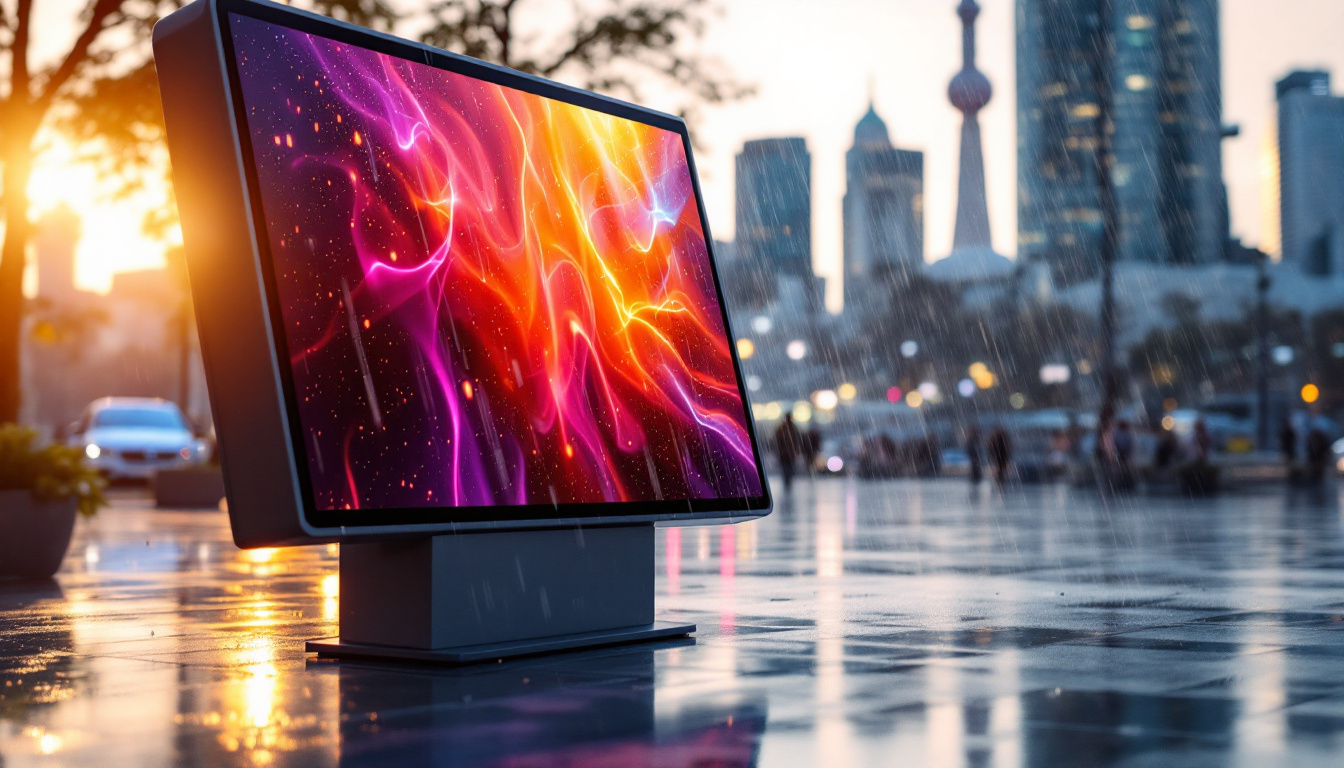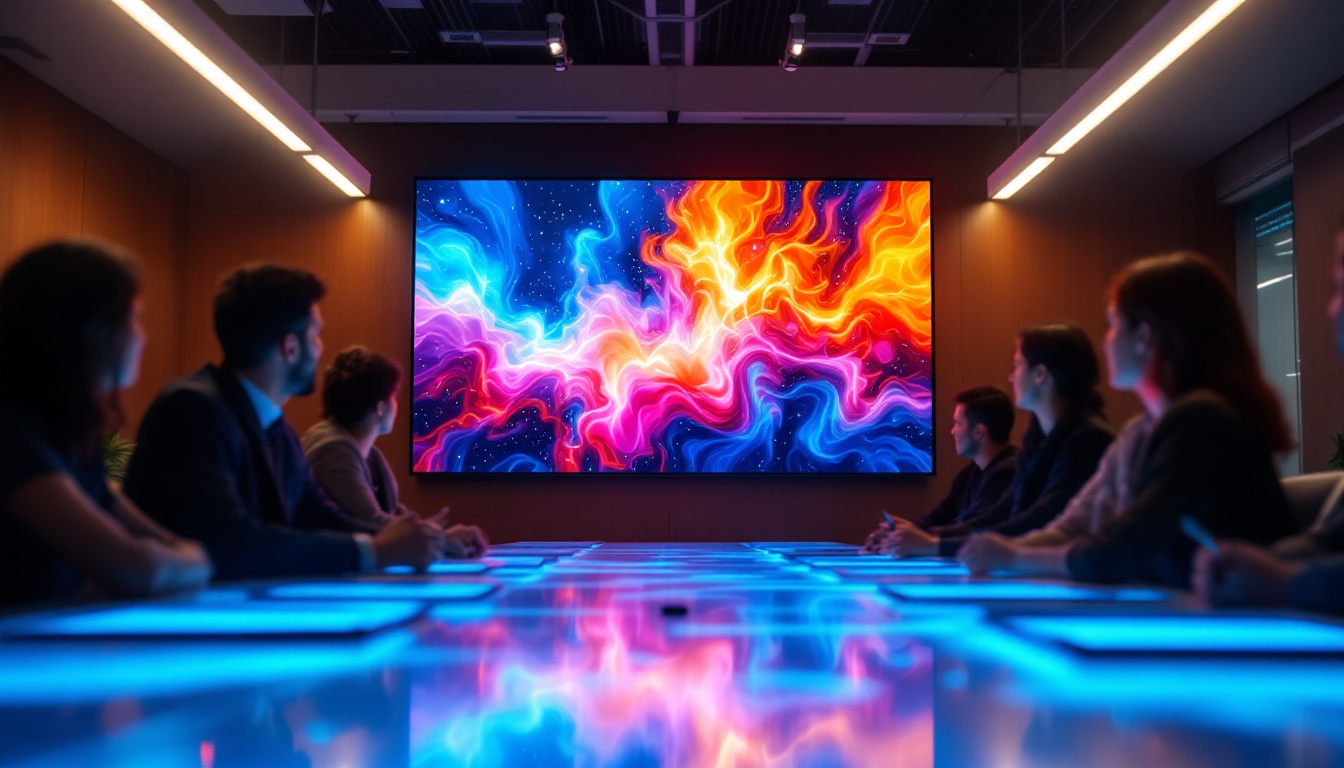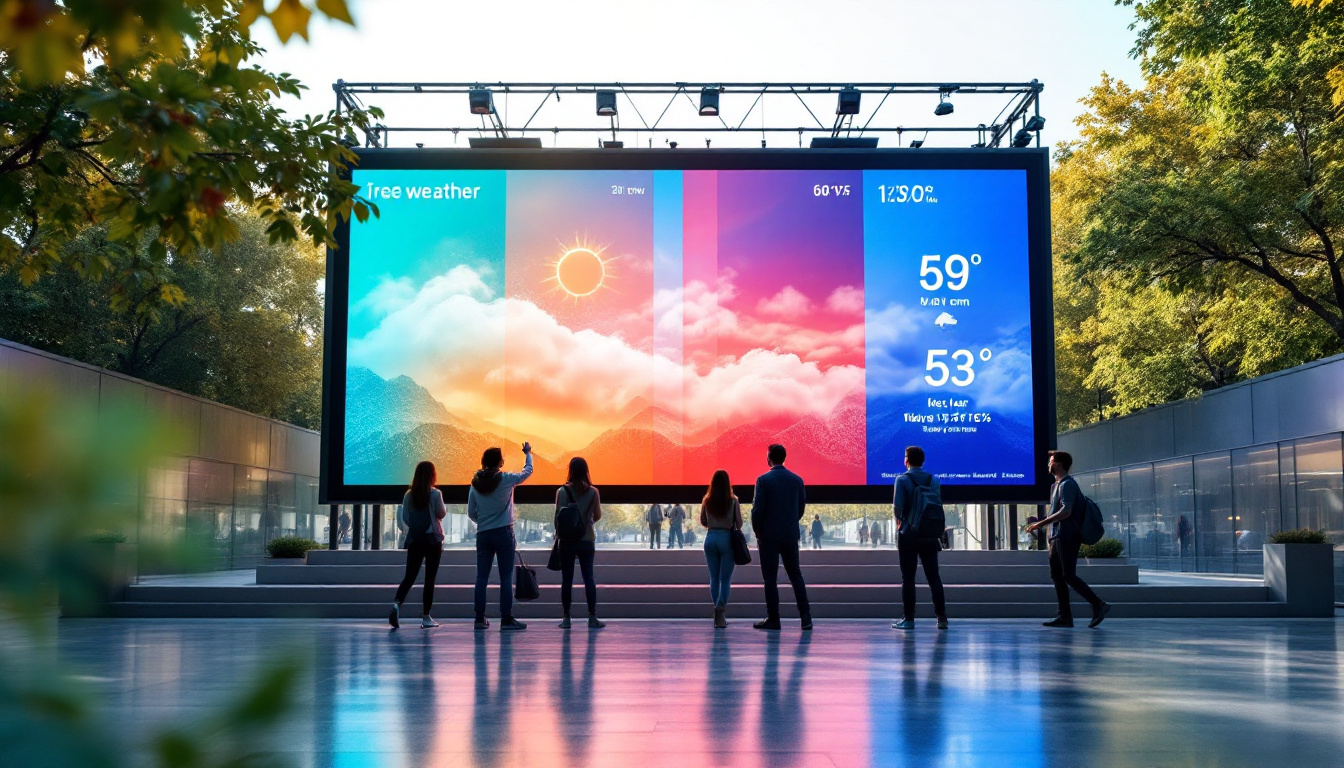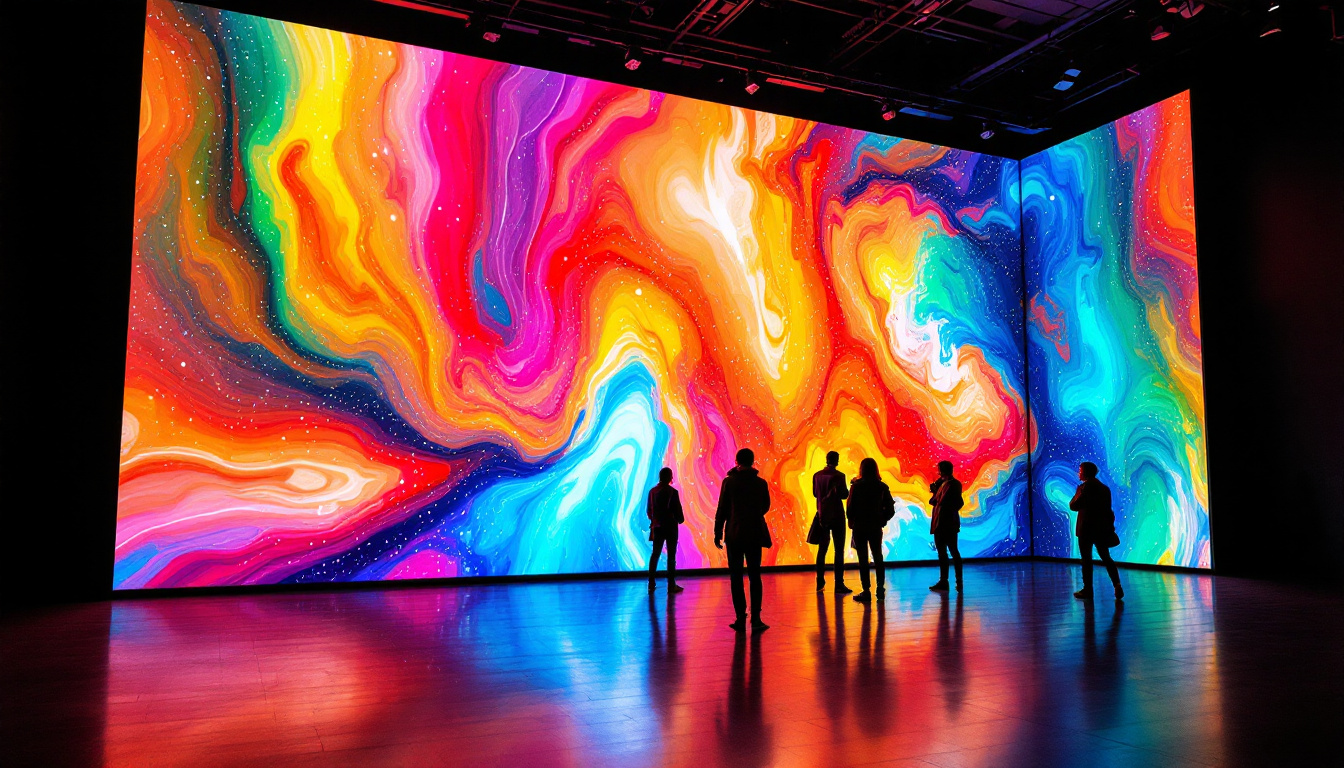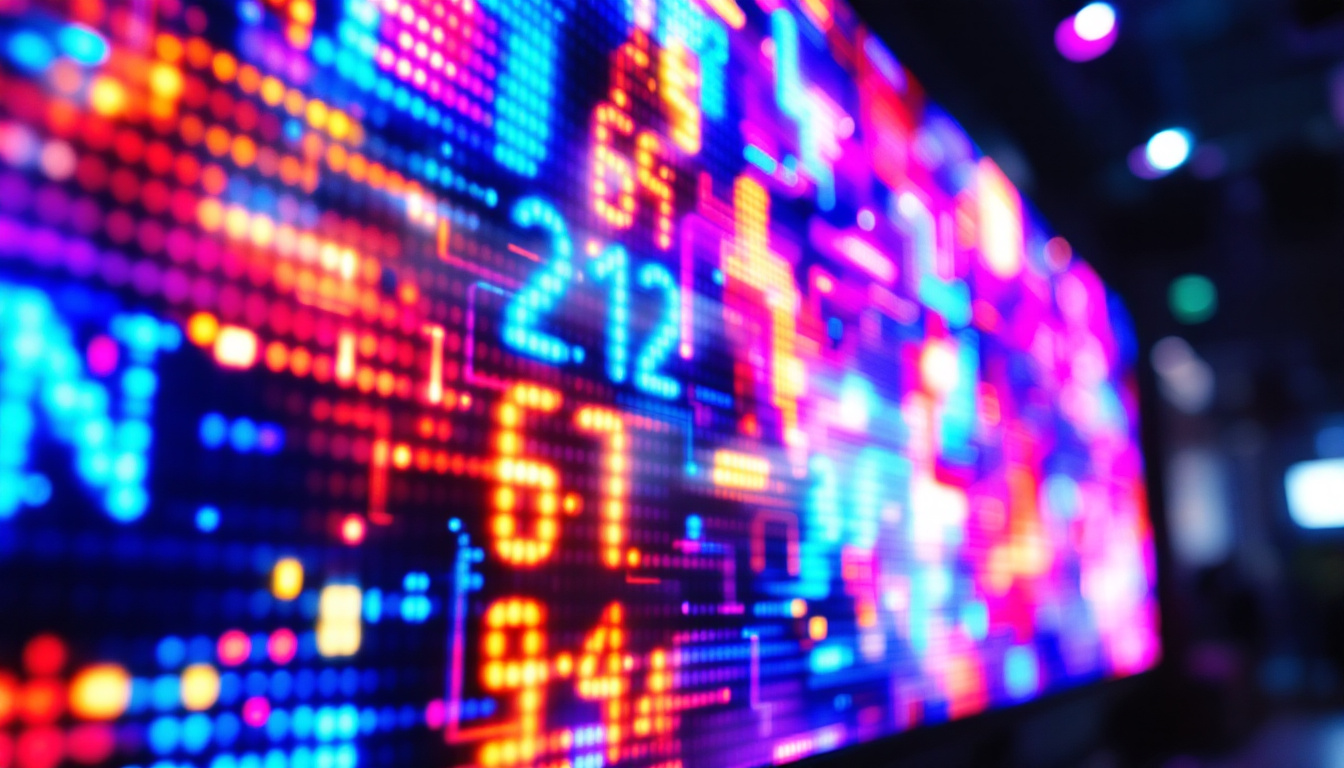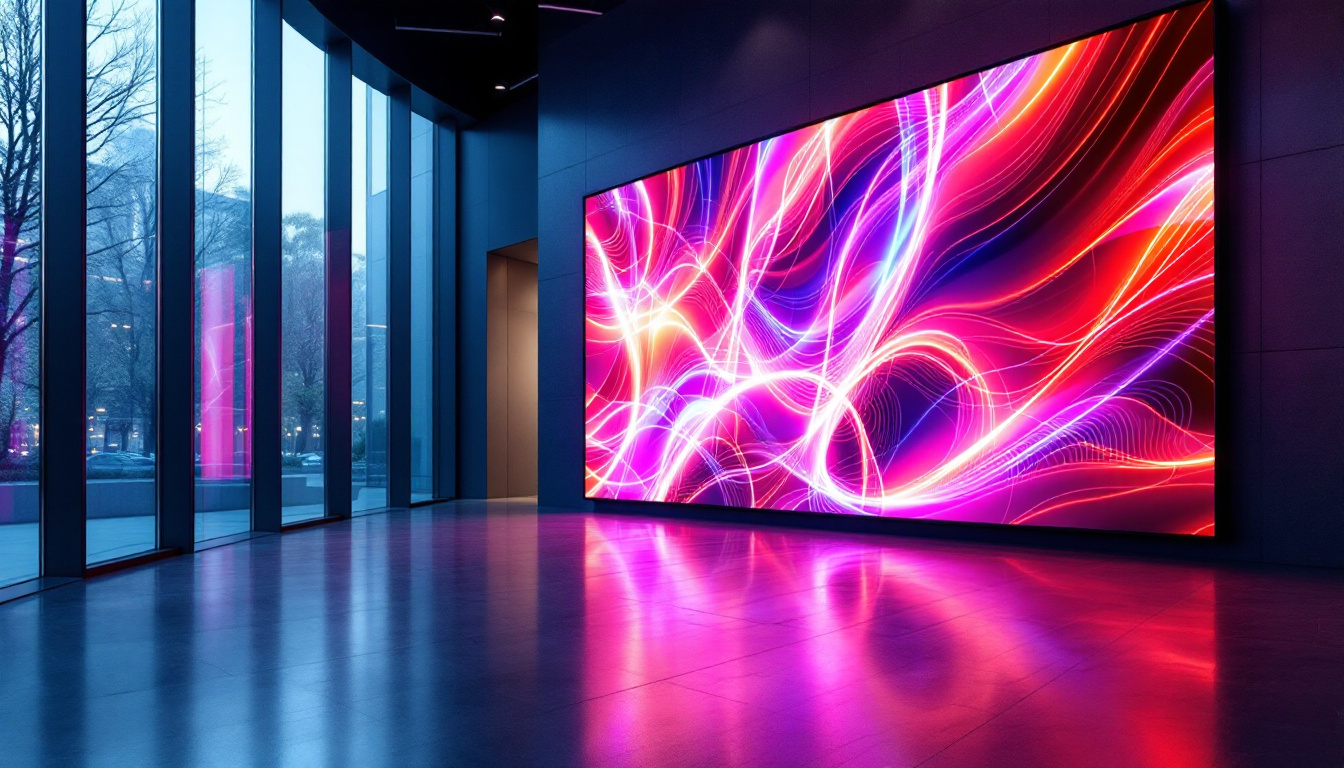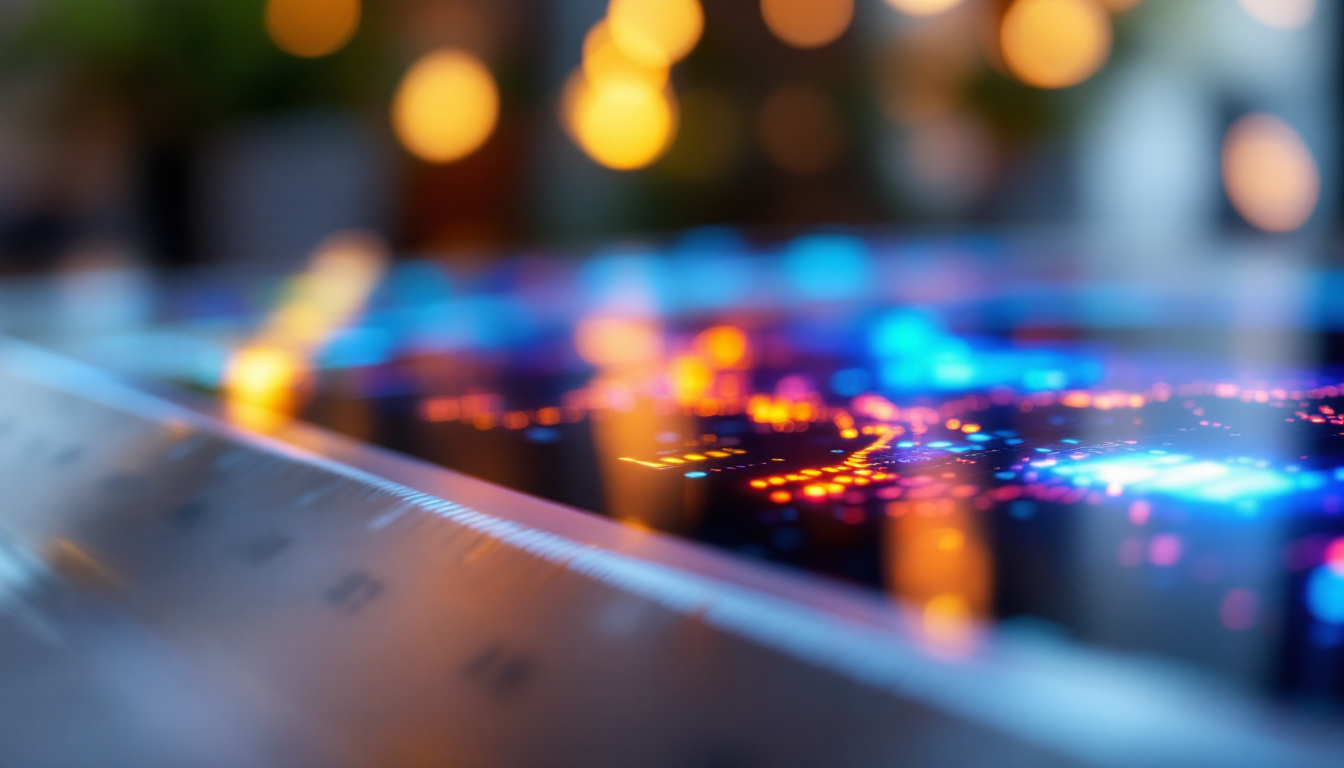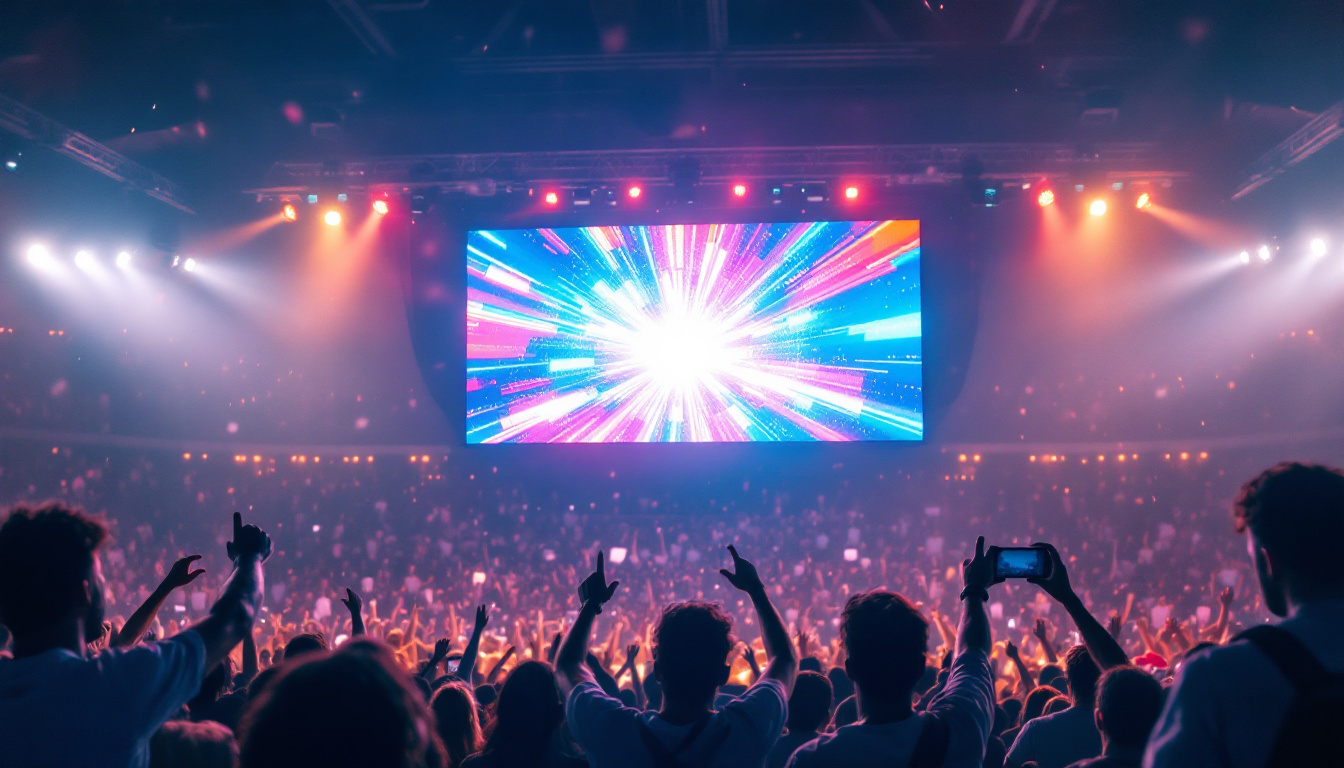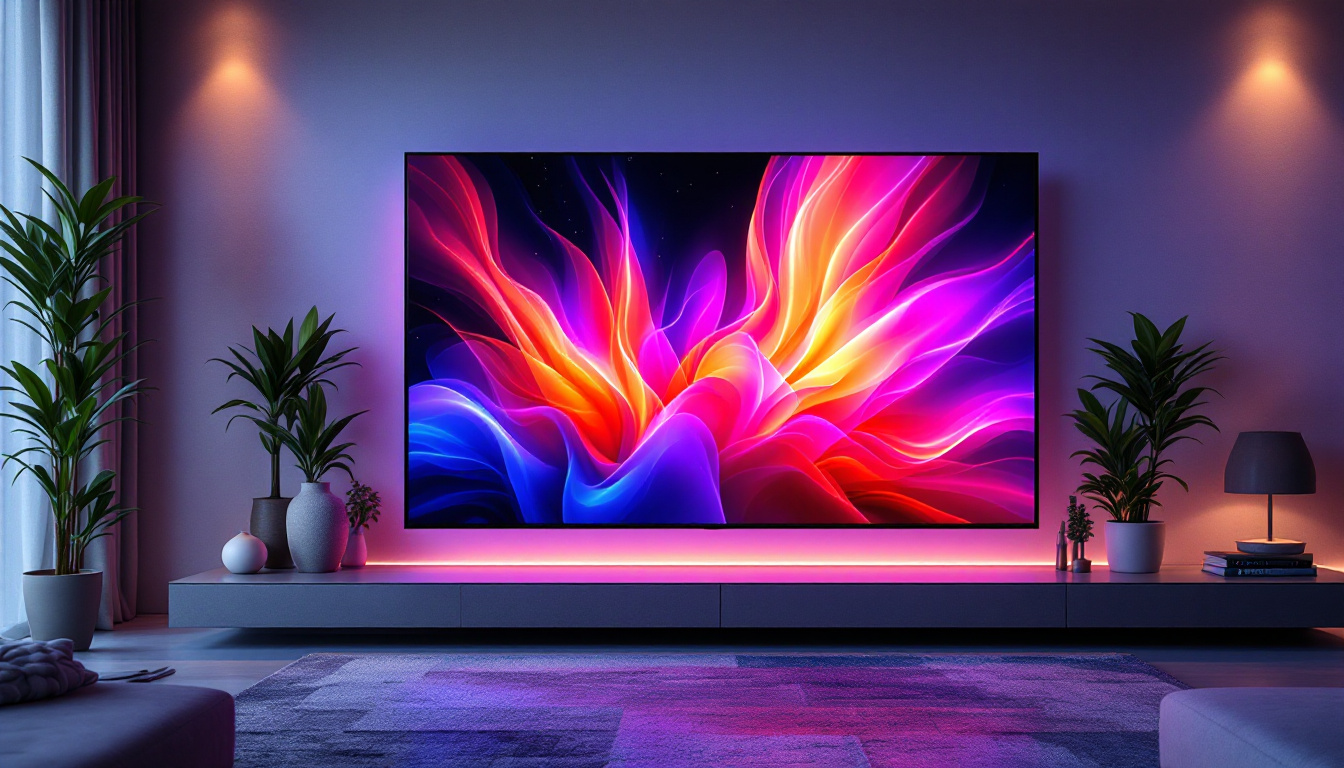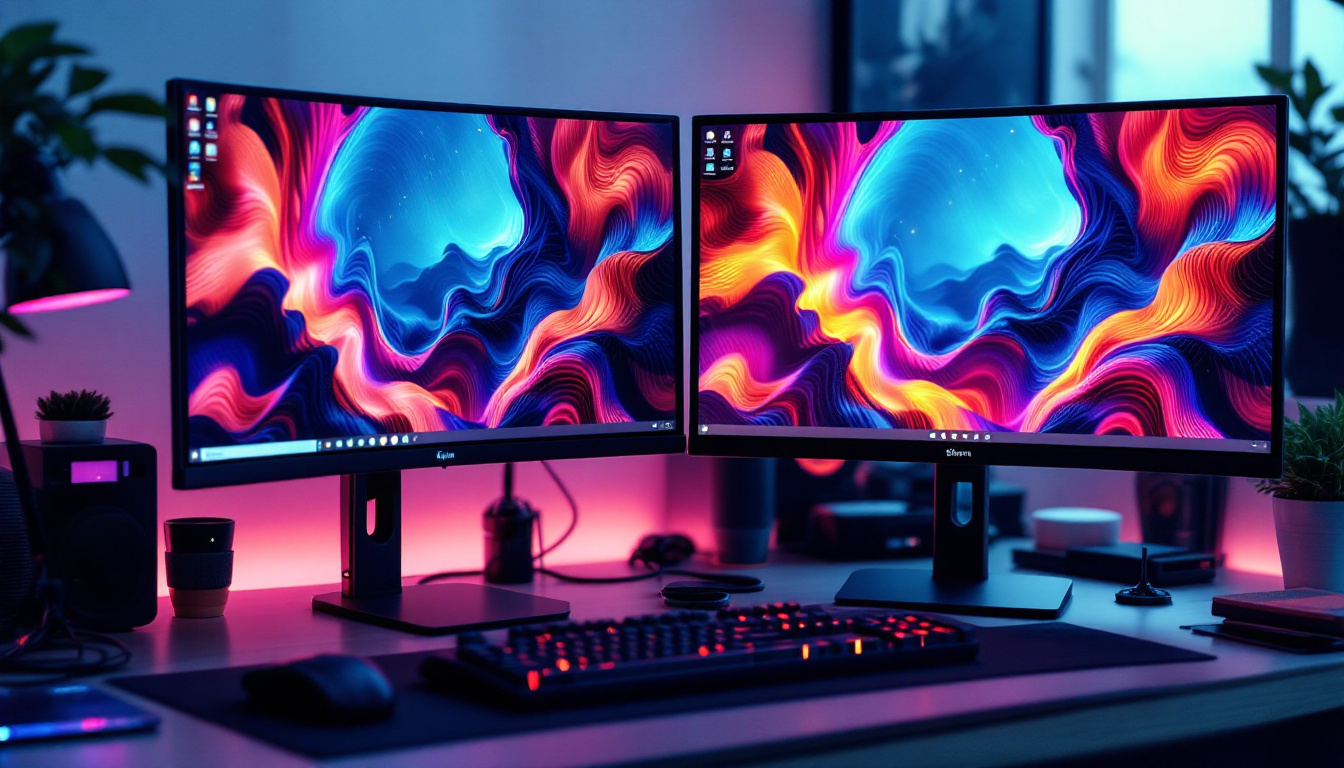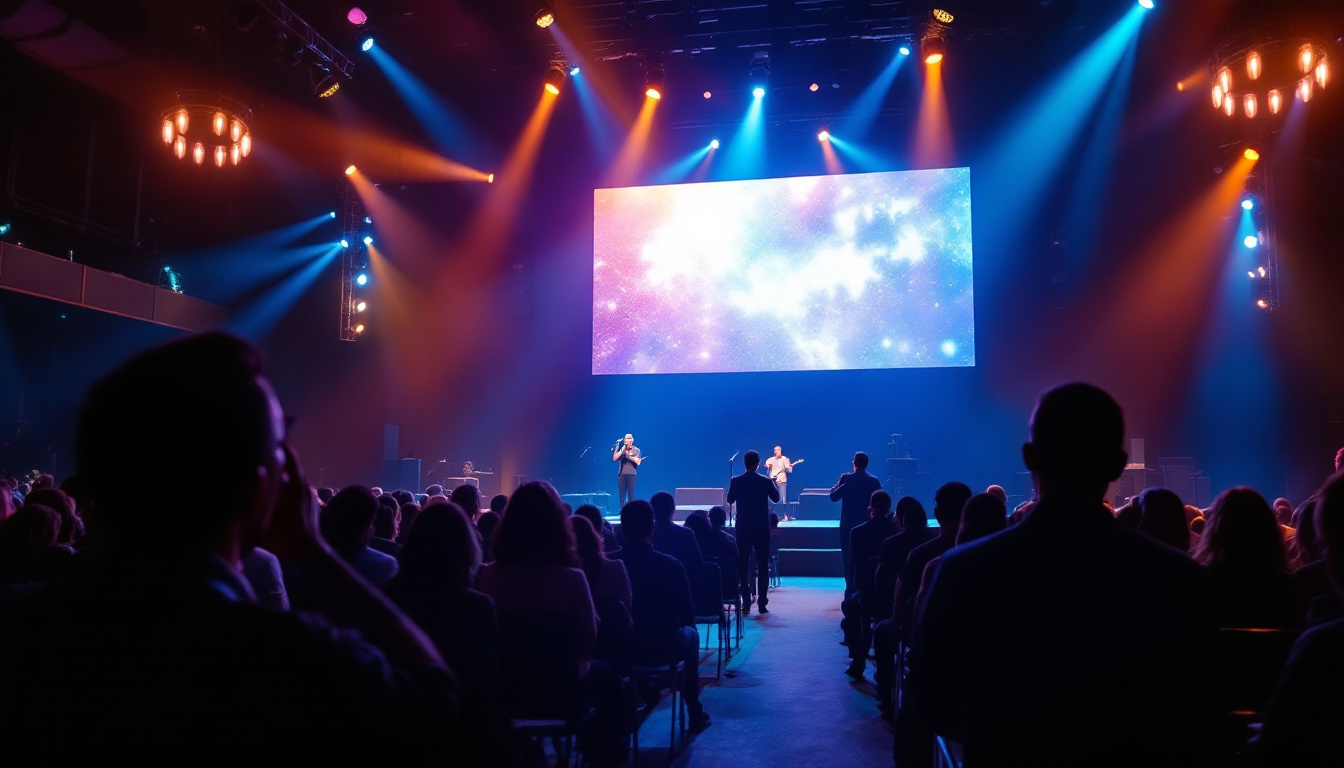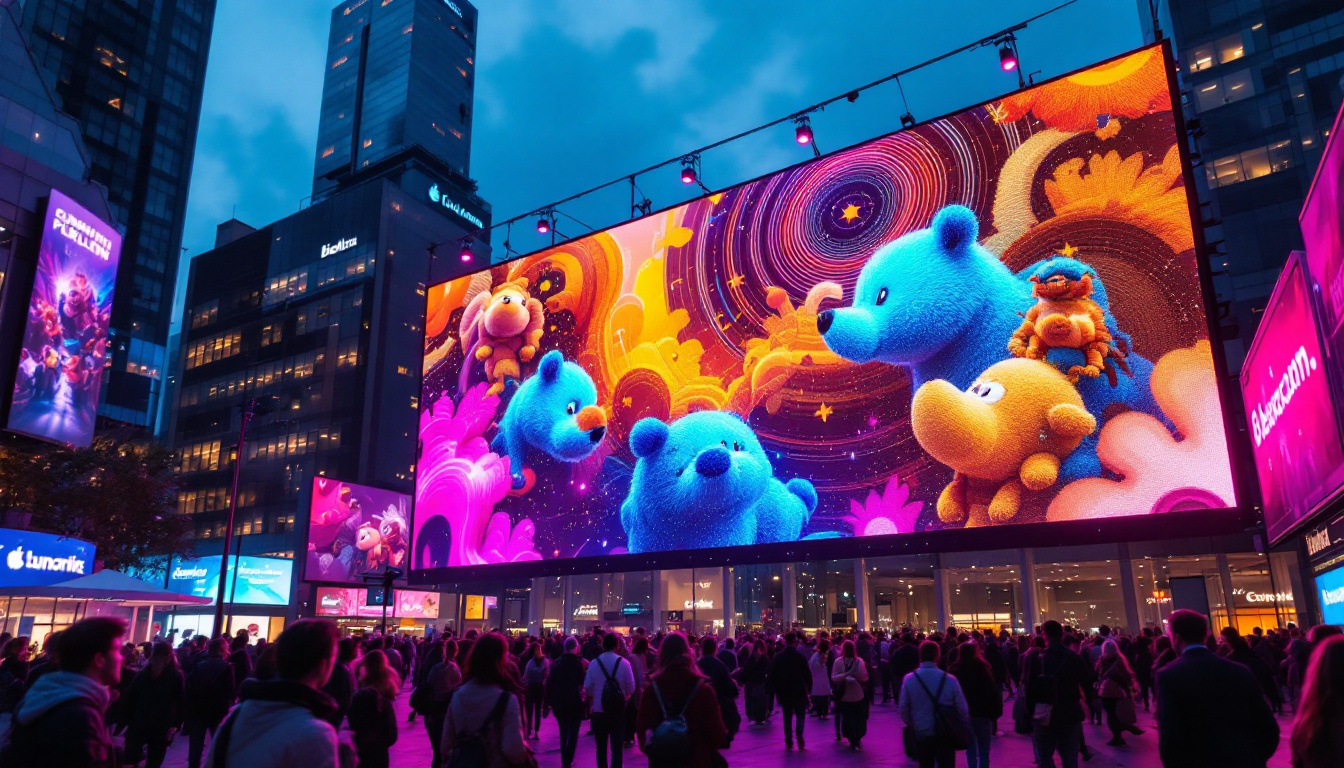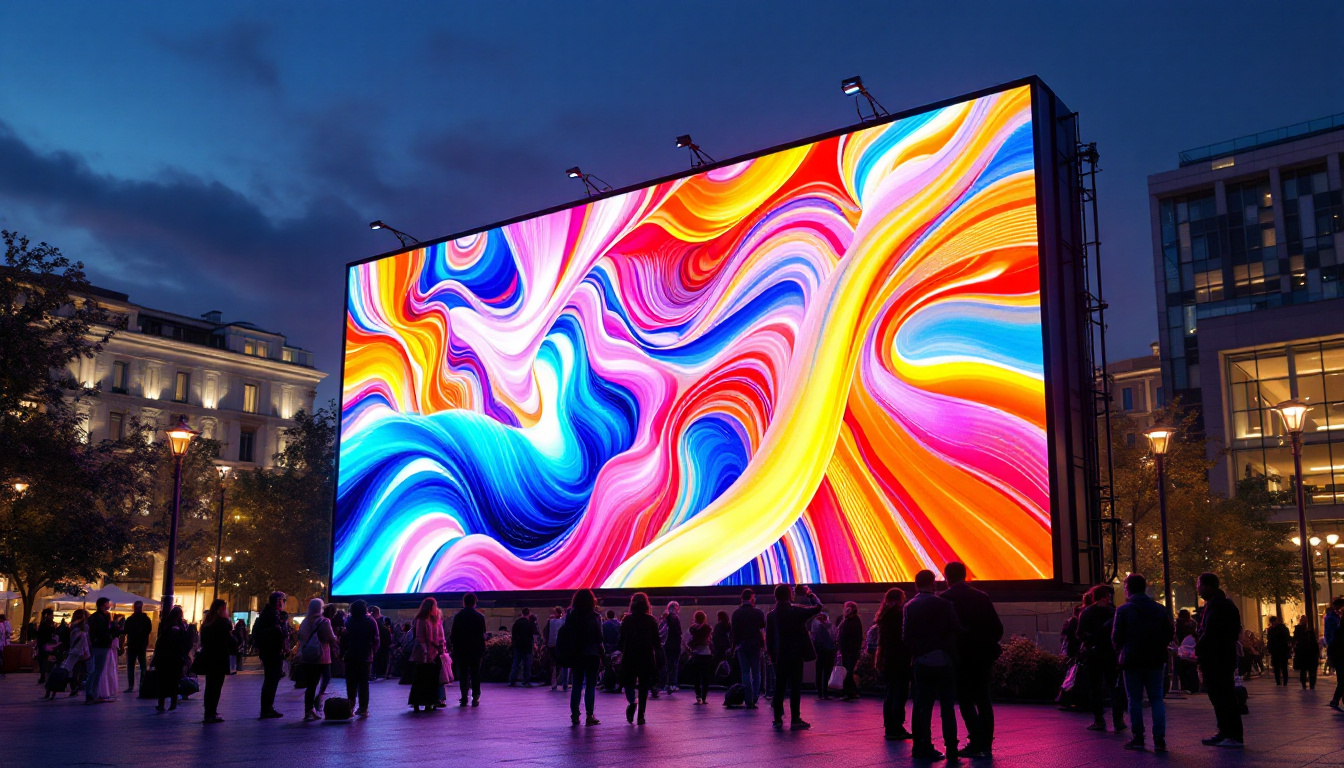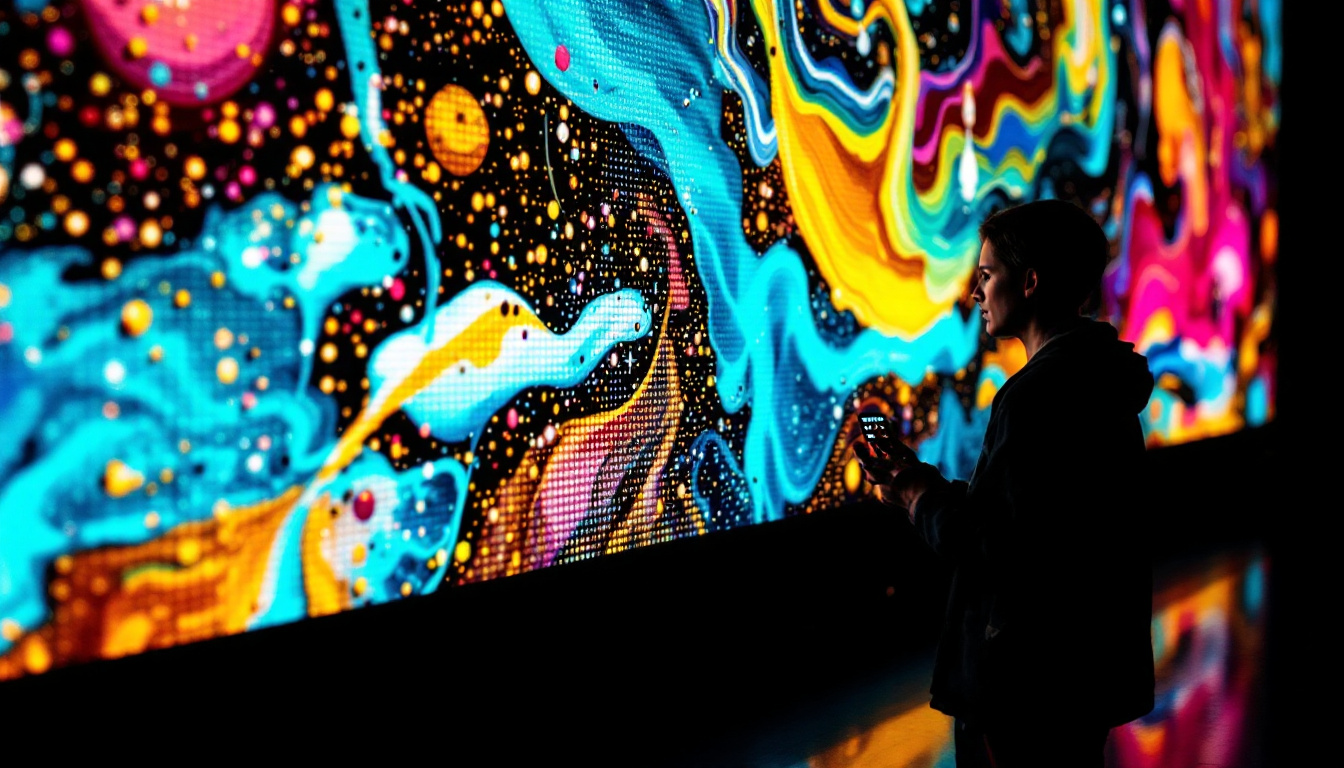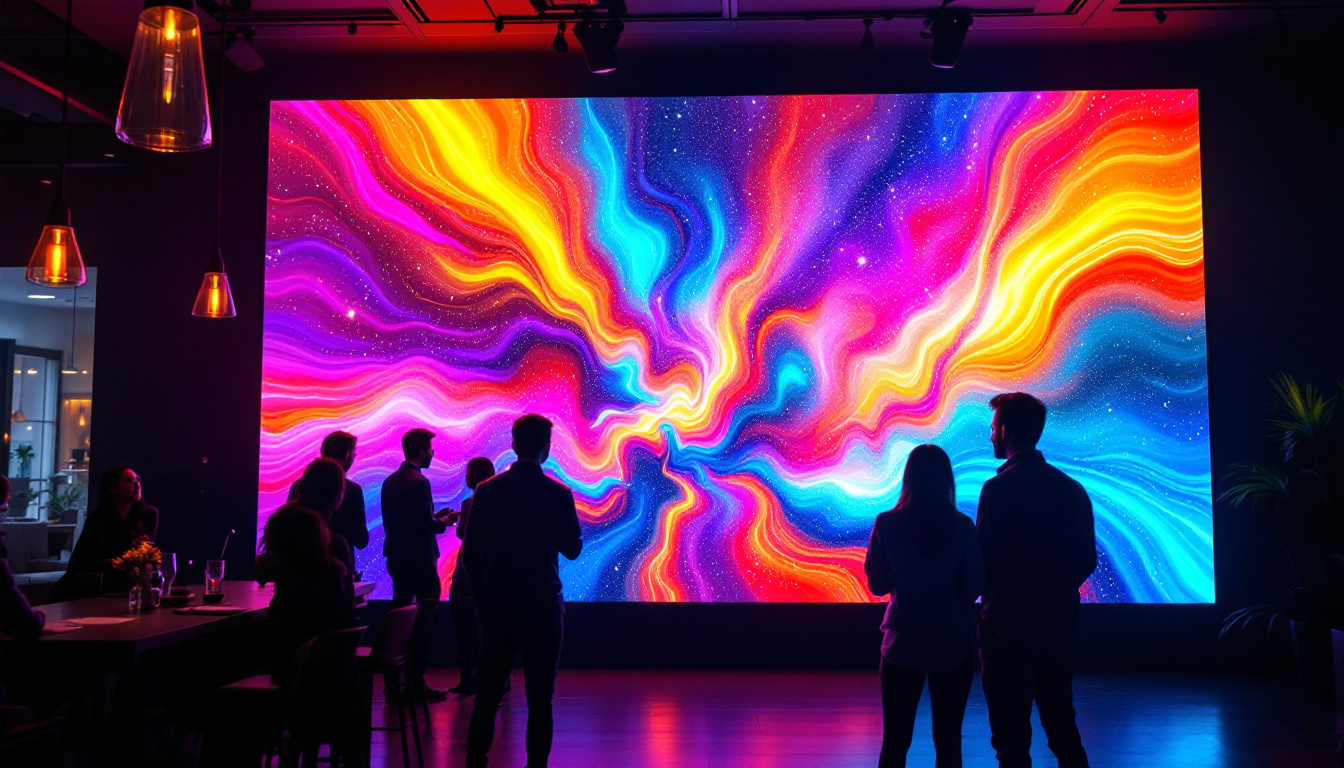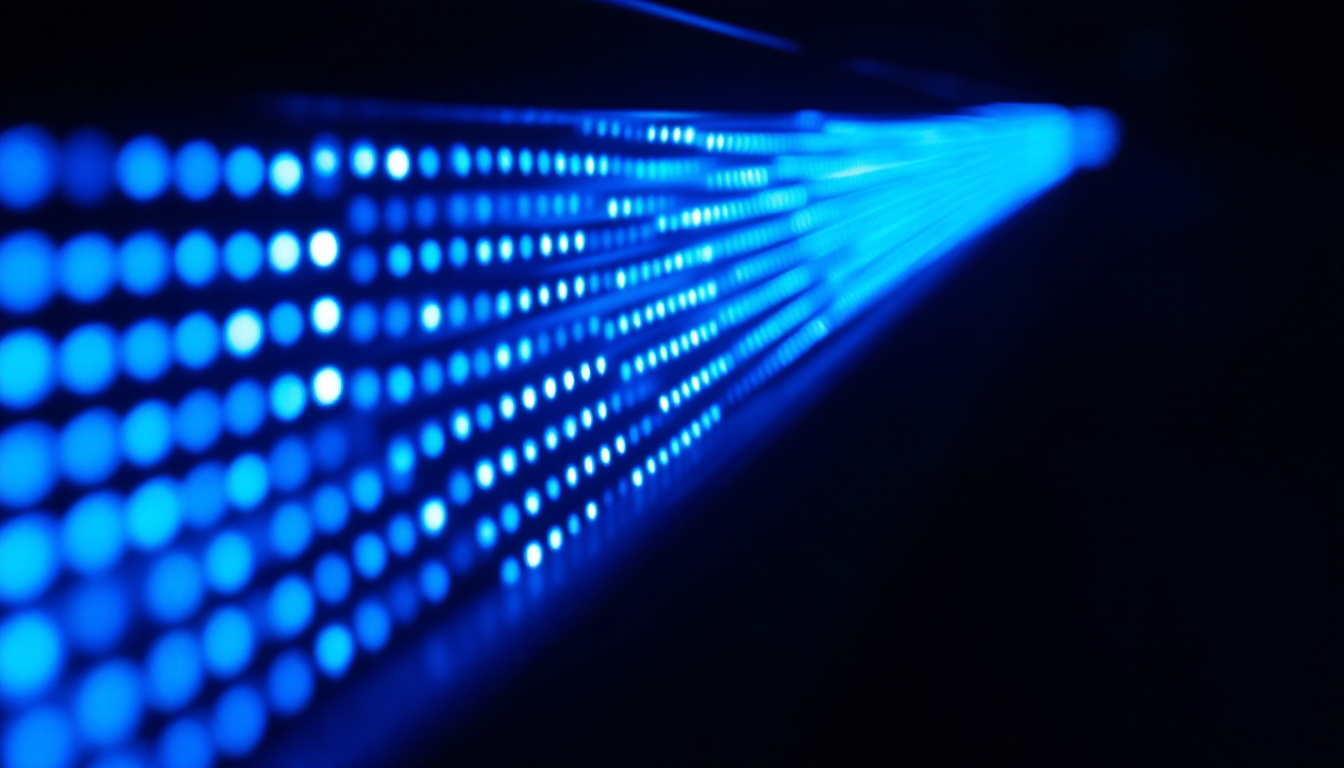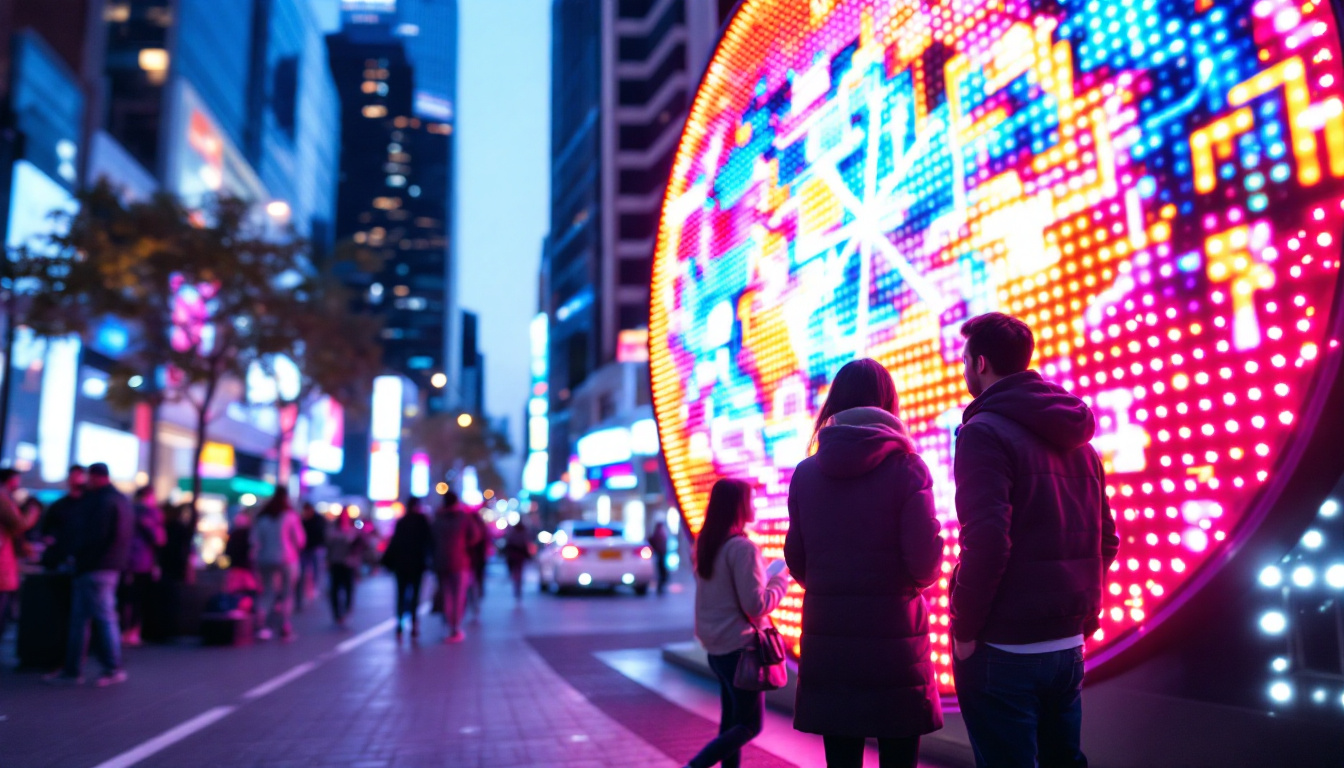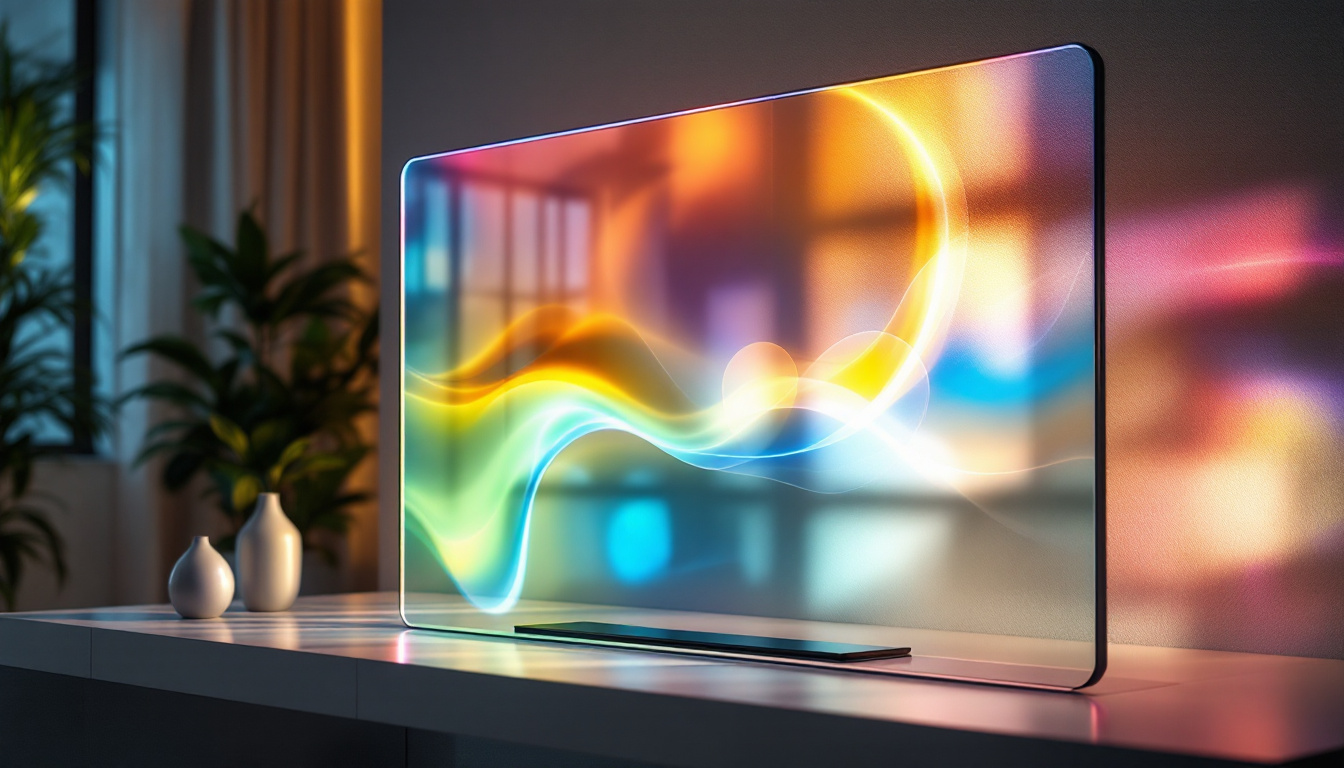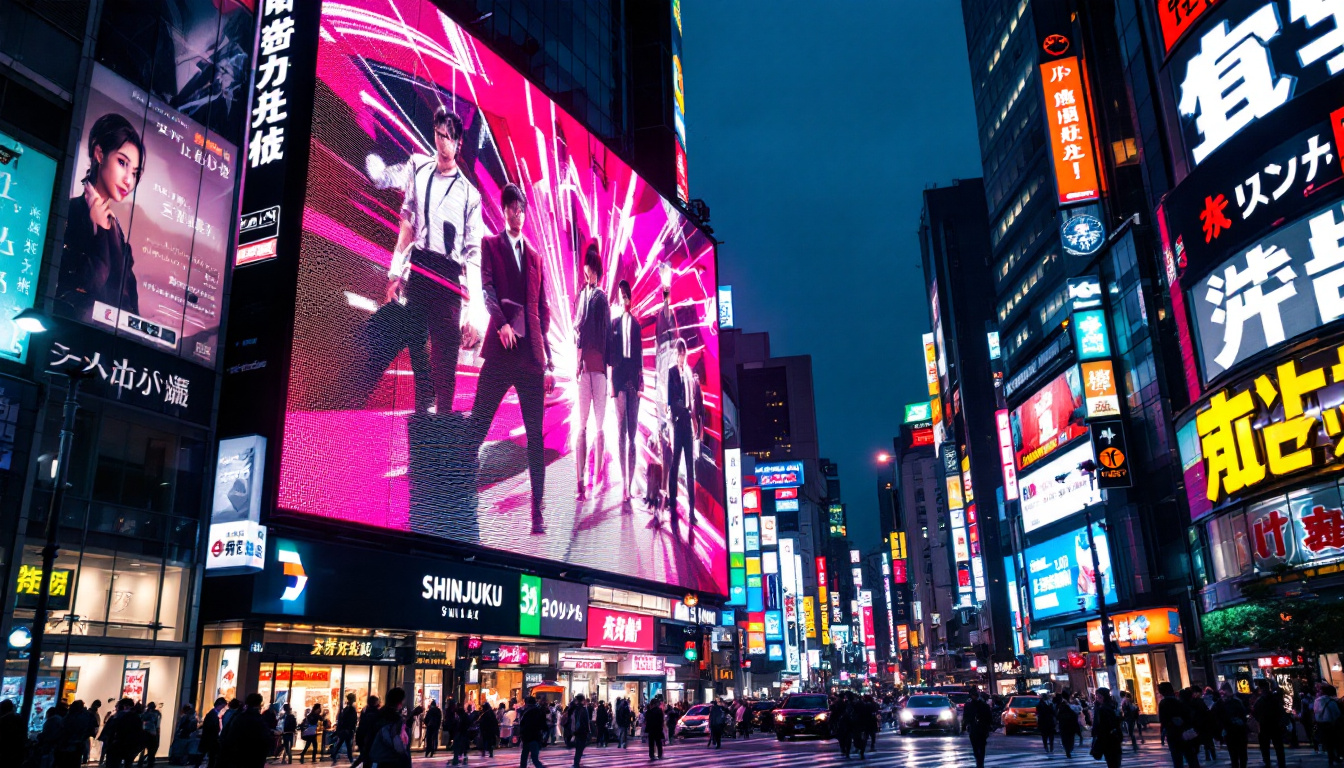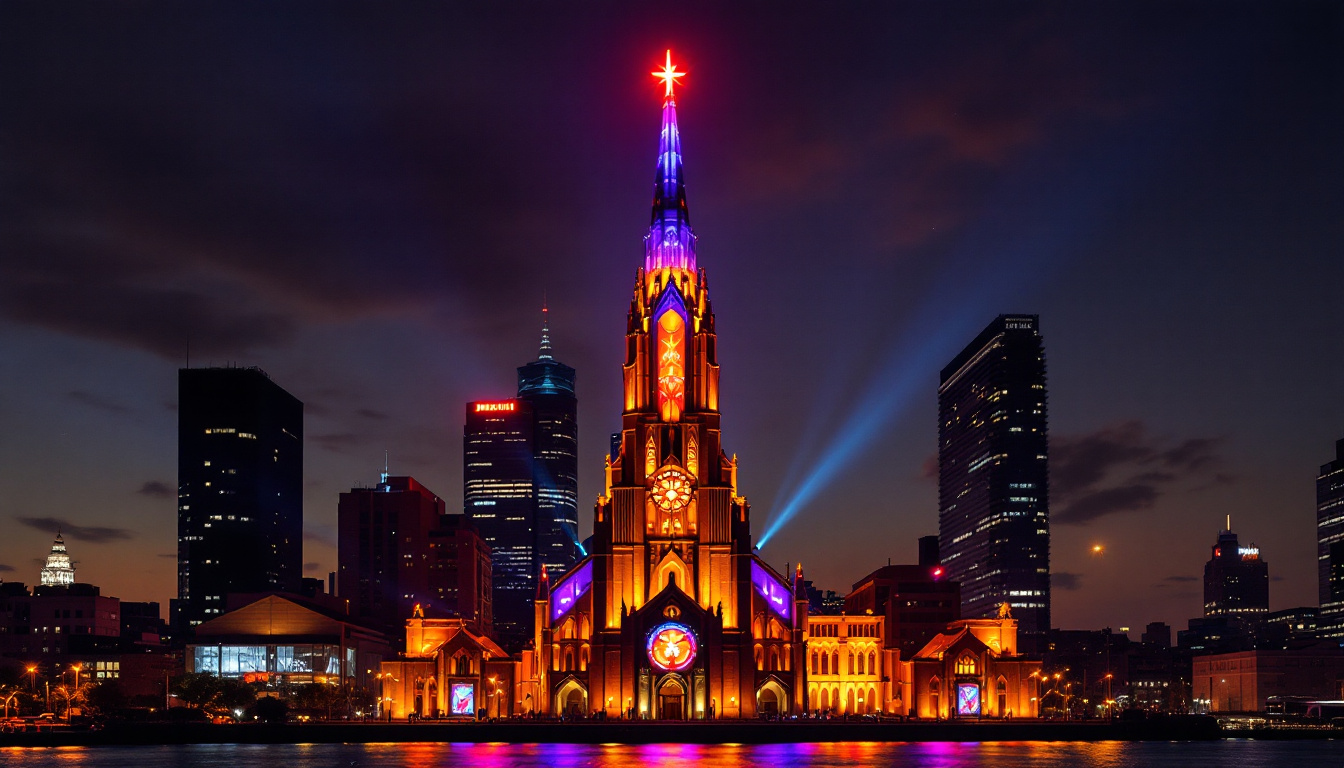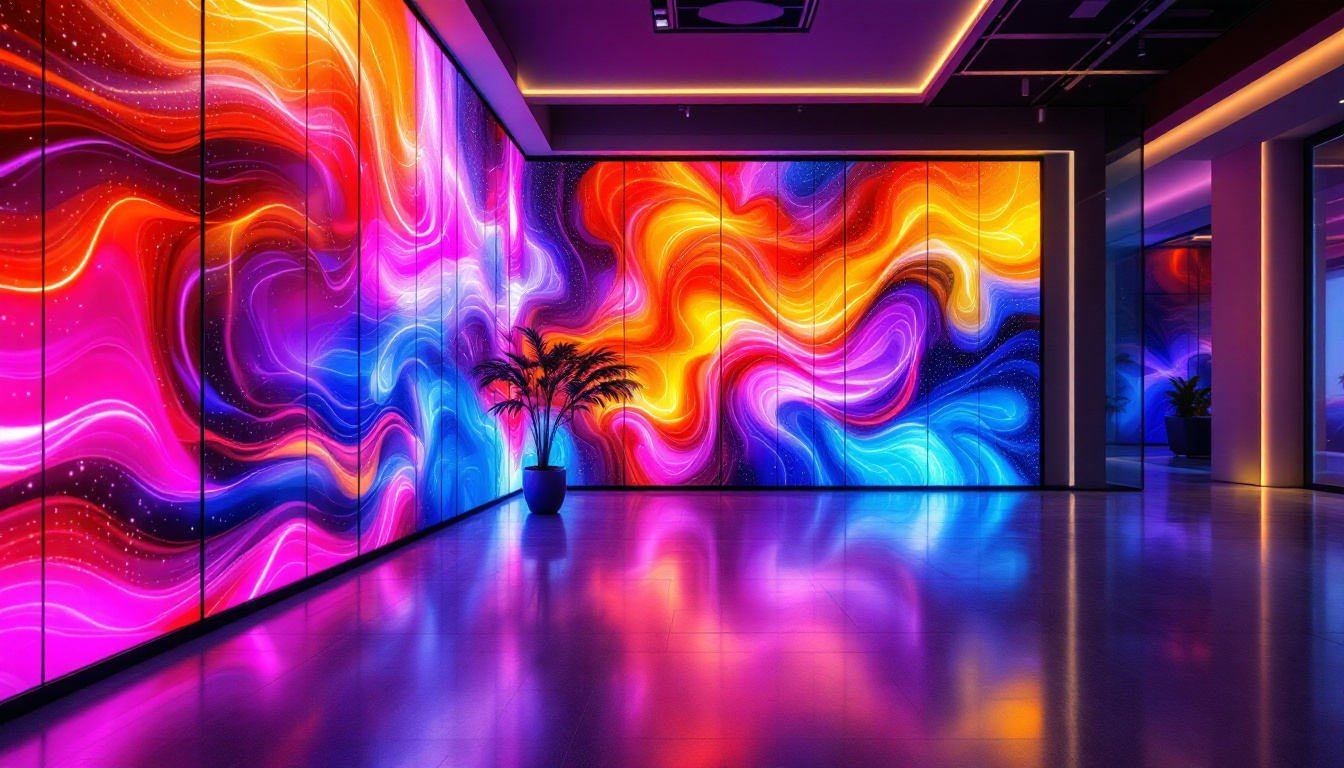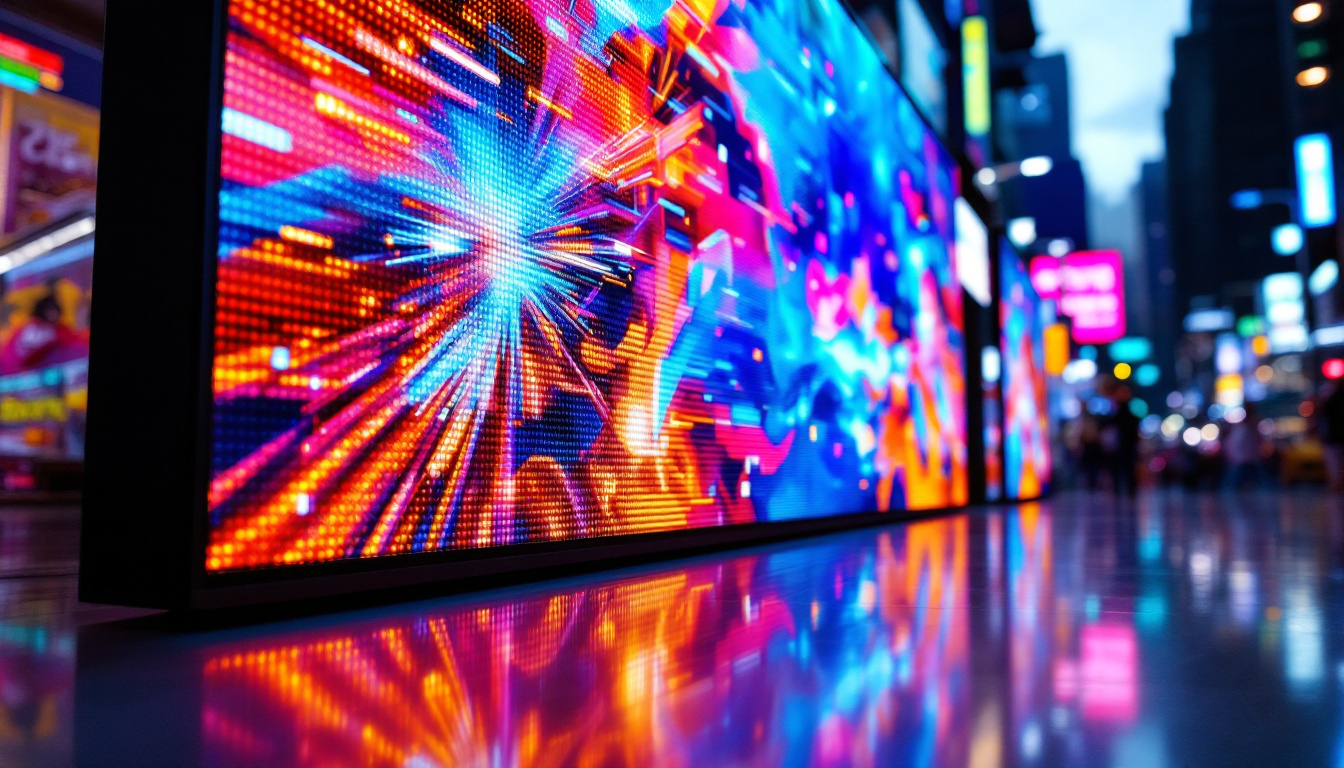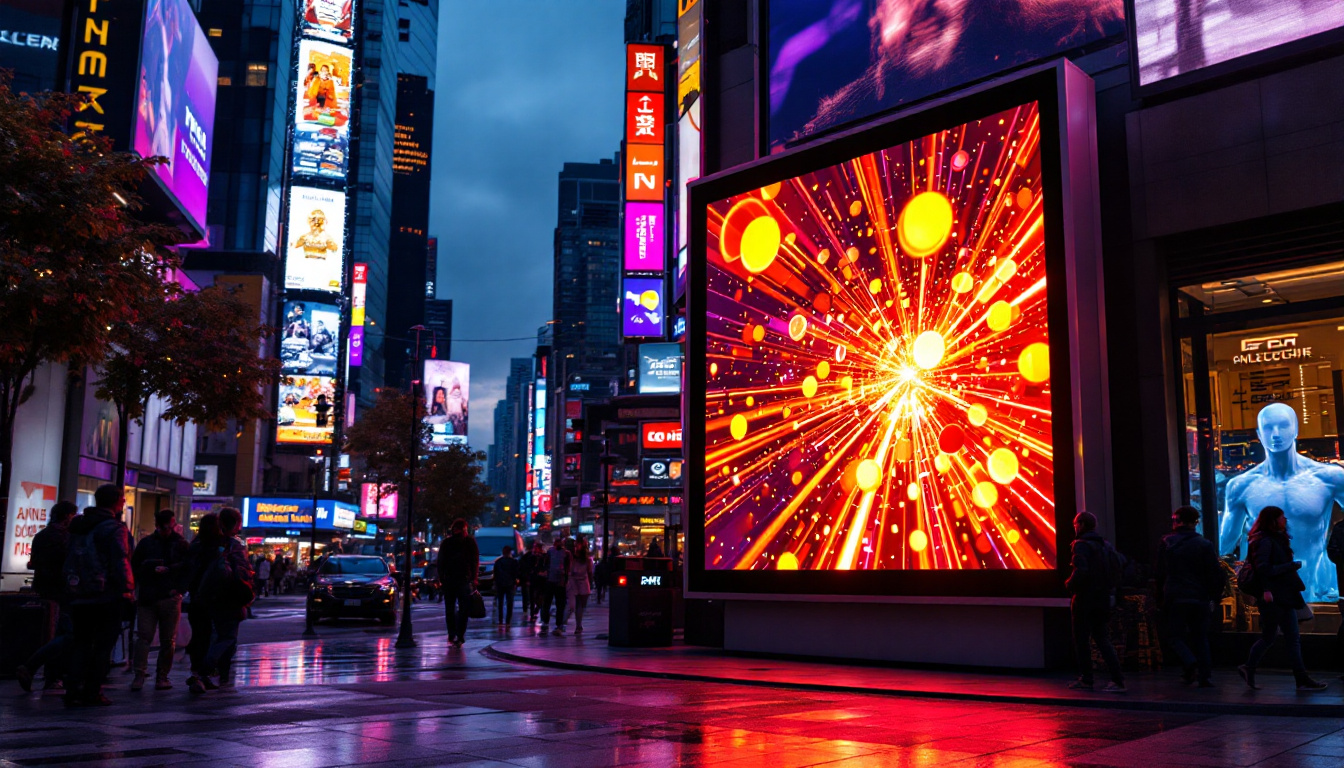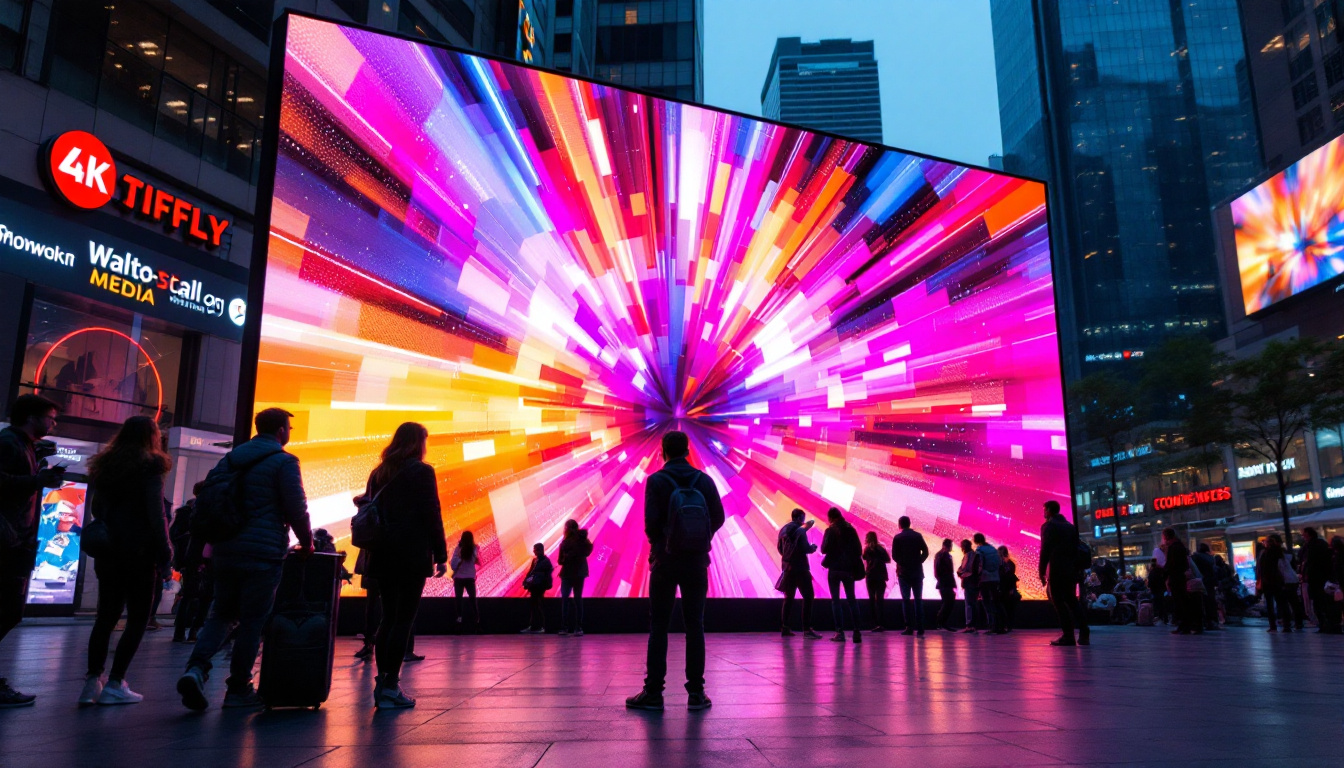In today’s digital age, effective communication is essential for businesses and organizations. One of the most impactful ways to convey messages is through LED displays. Weatherproof Company specializes in providing high-quality LED displays that not only captivate audiences but also withstand the elements. This article delves into the intricacies of LED displays, their benefits, and the unique features of weatherproof models.
Understanding LED Displays
LED displays, or light-emitting diode displays, are electronic screens that use LEDs to produce images, videos, and text. They are widely used in various settings, including outdoor advertising, sports arenas, and transportation hubs. The technology behind LED displays is continually evolving, making them more efficient and versatile. As industries seek to enhance user engagement and deliver information more dynamically, LED displays have become an integral part of modern communication strategies.
The Technology Behind LED Displays
At the core of LED displays is the LED technology itself. LEDs are semiconductor devices that emit light when an electric current passes through them. This characteristic allows for bright, vibrant displays that can be seen from great distances. The arrangement of these diodes determines the resolution and clarity of the images displayed. Furthermore, the development of advanced driving technologies has enabled finer pixel pitches, allowing for even more detailed images and smoother video playback.
Modern LED displays often utilize a matrix of red, green, and blue (RGB) LEDs. By adjusting the intensity of each color, a full spectrum of colors can be achieved, resulting in stunning visuals that capture attention. Additionally, advancements in technology have led to improvements in energy efficiency, making LED displays a sustainable choice for businesses. The integration of smart technology also allows for real-time content updates and remote management, enhancing the overall functionality of these displays in various applications.
Types of LED Displays
There are various types of LED displays, each serving different purposes. Common types include:
- Indoor LED Displays: These are designed for indoor environments, offering high resolution and clarity for close viewing. They are often used in retail stores, conference rooms, and entertainment venues, where detailed visuals are essential to engage the audience.
- Outdoor LED Displays: Built to withstand harsh weather conditions, these displays are brighter and more durable, making them ideal for advertising and public announcements. Their high brightness levels ensure visibility even in direct sunlight, making them a popular choice for billboards and large-scale advertising.
- Transparent LED Displays: These innovative displays allow for visibility through the screen while still delivering vibrant images, making them perfect for retail environments. They enable brands to showcase products while maintaining an open and inviting atmosphere, blending technology with aesthetics seamlessly.
Another emerging type of LED display is the flexible LED screen, which can be bent and shaped to fit various surfaces. This adaptability opens up new possibilities for creative installations, allowing designers to create unique and immersive environments. Additionally, the rise of microLED technology promises even greater advancements, offering higher resolutions and improved color accuracy, which could revolutionize how we experience visual content in both commercial and personal settings.
Benefits of LED Displays
LED displays offer numerous advantages that make them an appealing choice for businesses. From their energy efficiency to their versatility, these displays can enhance any marketing strategy.
Energy Efficiency
One of the most significant benefits of LED displays is their energy efficiency. Compared to traditional lighting solutions, LEDs consume significantly less power, leading to reduced energy costs. This efficiency not only benefits the environment but also allows businesses to allocate resources more effectively.
Furthermore, many LED displays come with smart technology that adjusts brightness based on ambient light conditions, further optimizing energy consumption. This feature ensures that the display is always visible without wasting energy during low-light conditions.
Durability and Longevity
LED displays are built to last. With a lifespan that can exceed 100,000 hours, these displays require minimal maintenance and replacement. This longevity is particularly advantageous for outdoor displays, which are often exposed to harsh weather conditions.
Weatherproof models are designed with robust materials that protect against rain, snow, and extreme temperatures. This durability not only enhances the display’s lifespan but also ensures that messages remain visible and effective, regardless of environmental challenges.
Weatherproof LED Displays
For businesses that operate in outdoor environments, weatherproof LED displays are essential. These displays are engineered to withstand various weather conditions while maintaining optimal performance.
Features of Weatherproof LED Displays
Weatherproof LED displays incorporate several features that enhance their durability and functionality. Key features include:
- Water Resistance: These displays are typically rated with an Ingress Protection (IP) rating, indicating their resistance to water and dust. A higher IP rating means better protection against the elements.
- Temperature Tolerance: Weatherproof models can operate effectively in a wide range of temperatures, ensuring consistent performance regardless of the season.
- Anti-Glare Technology: Many outdoor LED displays feature anti-glare coatings that improve visibility in direct sunlight, ensuring that messages are easily readable at all times.
Applications of Weatherproof LED Displays
Weatherproof LED displays are versatile and can be utilized in various applications. Common uses include:
- Advertising: Businesses can use weatherproof displays to promote products and services in high-traffic areas, capturing the attention of potential customers.
- Public Information: Municipalities often use these displays for public announcements, emergency alerts, and event information, ensuring that the community stays informed.
- Sports Venues: Stadiums and arenas utilize weatherproof LED displays for scoreboards, replays, and advertisements, enhancing the overall spectator experience.
Choosing the Right LED Display for Your Needs
Selecting the appropriate LED display requires careful consideration of various factors. Understanding the specific needs of a business or organization is crucial in making an informed decision.
Assessing Your Requirements
Before purchasing an LED display, it is essential to evaluate the intended use. Considerations include:
- Location: Determine whether the display will be used indoors or outdoors, as this will influence the type of display needed.
- Size and Resolution: Assess the viewing distance and audience size to choose an appropriate size and resolution for the display.
- Content Type: Consider the type of content that will be displayed, such as static images, videos, or real-time data, as this may affect the display’s specifications.
Budget Considerations
Budget is another critical factor when selecting an LED display. While high-quality displays may come with a higher upfront cost, their durability and longevity can lead to significant savings in the long run. It is essential to balance quality with budget constraints to find the best solution for your needs.
Installation and Maintenance
Once the right LED display has been chosen, proper installation and maintenance are vital to ensure optimal performance. Engaging professionals for installation can help avoid common pitfalls and ensure that the display is set up correctly.
Installation Best Practices
When installing an LED display, several best practices should be followed:
- Site Assessment: Conduct a thorough assessment of the installation site to determine the best location for visibility and accessibility.
- Structural Support: Ensure that the display is mounted on a sturdy structure that can support its weight and withstand environmental factors.
- Electrical Considerations: Proper electrical setup is crucial for the display’s functionality. Engaging a qualified electrician can help avoid potential issues.
Regular Maintenance
To prolong the lifespan of an LED display, regular maintenance is essential. This includes:
- Cleaning: Regular cleaning of the display surface helps maintain visibility and prevents damage from dirt and debris.
- Software Updates: Keeping the display’s software up to date ensures optimal performance and access to new features.
- Inspection: Periodic inspections can help identify potential issues before they become significant problems, ensuring the display remains in good working condition.
Future Trends in LED Display Technology
The LED display industry is constantly evolving, with new technologies and trends emerging regularly. Staying informed about these developments can help businesses make strategic decisions regarding their display solutions.
Advancements in Display Technology
Future trends in LED technology include:
- Higher Resolutions: As technology progresses, higher resolution displays are becoming more accessible, allowing for even more detailed and vibrant images.
- Flexible Displays: Innovations in flexible LED technology are enabling displays to be curved or shaped to fit unique environments, expanding their application possibilities.
- Integration with IoT: The integration of LED displays with Internet of Things (IoT) technology allows for smarter displays that can adapt to their surroundings and provide real-time data.
Sustainability Initiatives
As environmental concerns continue to grow, the LED display industry is also focusing on sustainability. This includes the development of more energy-efficient products, as well as recycling programs for old displays. Businesses that prioritize sustainability can enhance their brand image while contributing to a healthier planet.
Conclusion
LED displays have revolutionized the way businesses communicate with their audiences. With their vibrant visuals, energy efficiency, and durability, they are an invaluable asset for any organization. Weatherproof models, in particular, offer unique advantages for outdoor applications, ensuring that messages remain clear and impactful, regardless of the weather.
By understanding the technology, benefits, and best practices associated with LED displays, businesses can make informed decisions that enhance their marketing strategies and improve overall communication. As technology continues to advance, the potential for LED displays will only grow, making them a vital component of modern advertising and information dissemination.
Discover LumenMatrix LED Display Solutions
Ready to elevate your visual communication and engage your audience like never before? Explore LumenMatrix’s comprehensive range of LED display solutions, from vibrant Indoor and Outdoor LED Wall Displays to dynamic Vehicle and Sports LED Displays. Whether you’re looking to create an immersive digital art installation or need a robust Weatherproof LED Display that stands up to the elements, LumenMatrix has you covered. Experience the future of digital signage with our innovative LED Transparent Displays, Floor LED Displays, and Custom LED Solutions designed to captivate and inspire. Check out LumenMatrix LED Display Solutions today and transform your message into an unforgettable visual experience.

